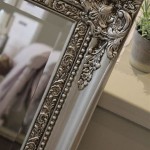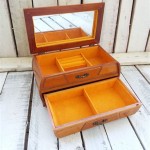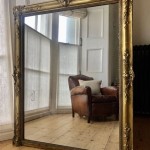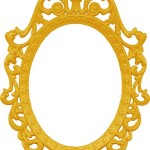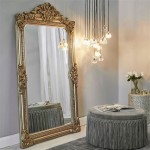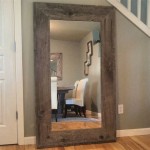Mirrors In Art History
Mirrors have been an integral part of art history for centuries, offering artists a tool to explore themes of identity, self-reflection, and illusion. Mirrors have long been used as a device in art to symbolize various ideas and concepts, becoming a complex and multifaceted subject within the realm of art history. Their ability to reflect and distort reality makes them powerful symbols that can be used to explore a wide range of themes, from the nature of perception to the complexities of human identity. In this article, we will delve into the essential aspects of mirrors in art history, examining their symbolic meanings, their role in different artistic movements, and the ways in which they have been used to create illusion and engage viewers.
Mirrors have often been used in art as symbols of self-reflection and self-awareness. By gazing into a mirror, individuals confront their own image and are forced to contemplate their identity and place in the world. This introspective quality has made mirrors a popular subject for portraiture, as artists seek to capture the inner thoughts and emotions of their sitters.
### Illusion and DeceptionMirrors also possess the ability to create illusions and distort reality. In art, this quality has been used to explore themes of deception and ambiguity. Mirrors can reflect objects in a way that makes them appear closer or further away than they actually are, and they can also create reflections that are distorted or fragmented, challenging our perceptions of what is real and what is not
### Religious and Cultural SignificanceIn addition to their use in Western art, mirrors have also played an important role in religious and cultural traditions around the world. In many cultures, mirrors are believed to possess magical or spiritual properties and are often used in rituals and ceremonies. For example, in Chinese culture, mirrors are often placed above doors and windows to ward off evil spirits.
### ConclusionMirrors have been a versatile and evocative subject in art history, offering artists a powerful tool to explore a wide range of themes and ideas. Their ability to reflect, distort, and create illusions has made them a popular choice for artists seeking to challenge perceptions and engage viewers on a deeper level. As we have seen, mirrors have been used in art to symbolize self-reflection, create illusions, and explore religious and cultural beliefs, making them a complex and fascinating subject that continues to inspire artists today.

Artists Curiosity With Convex Mirrors Omelo Decorative
The Self Portrait Mirror Studio 8 Art History Today

A Room With View Part I Windows And Mirrors In The History Of Art St Mary S Calne Blogs Logs

Artists Curiosity With Convex Mirrors Omelo Decorative

Mirror Streetsofm

Mirrored Mystery 7 Mirrors In Paintings Throughout History

Artists Curiosity With Convex Mirrors Omelo Decorative

The Mirror Master Of Painters Sight Size

The Mirror And Its Symbolic Meaning In Art History Artcentrica

Symbols In Art What S There The Mirror Arthive

